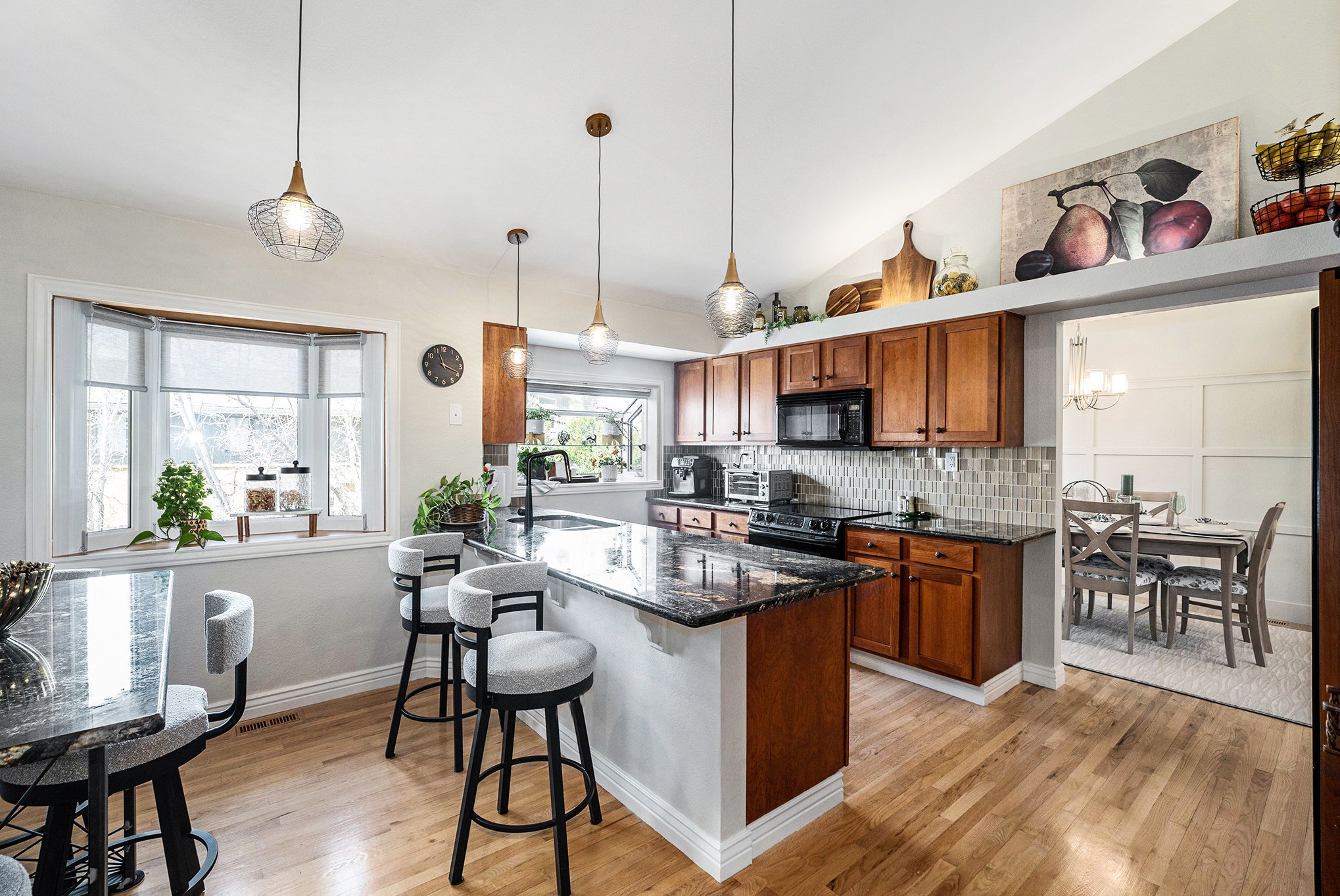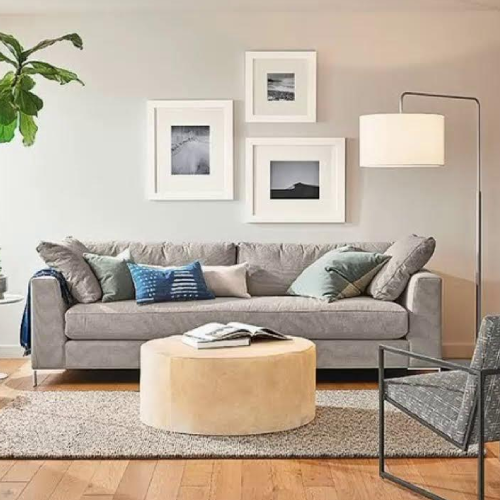When you’re working with a small living area, every design decision matters and that’s especially true when it comes to furniture. The right choices can make your space feel larger, more open, and much more functional, while the wrong ones can quickly lead to clutter and frustration. Interior furniture selection in small spaces is more than just picking smaller pieces—it’s about being intentional, resourceful, and smart with your space.
Start with a Plan
Before you buy a single piece of furniture, take a moment to assess your needs. What are the essential activities that happen in your space? Do you need an area to work, sleep, entertain, or all three? Having a clear idea of how you want your space to function will guide your interior furniture selection process.
Sketch out your room’s layout or use free online tools to visualize it. Make sure you understand the flow of the room—where people walk, where light comes in, and how different zones will work together. Good planning prevents overcrowding and helps you identify which multifunctional pieces will serve your space best.
Go for Multi-Functional Furniture
One of the golden rules in interior furniture selection for small spaces is choosing pieces that serve more than one purpose. Think ottomans with hidden storage, beds with drawers underneath, or coffee tables that can transform into desks. This type of furniture allows you to maintain a clean, uncluttered look while still getting the functionality you need.
A sofa bed is another great example—it provides seating during the day and turns into a guest bed when needed. These double-duty items maximize space and make a small home feel much larger.
Scale and Proportion Matter
Just because you have a small room doesn’t mean you need doll-sized furniture. In fact, filling your space with too many small pieces can make the area feel more cluttered. Instead, opt for a few larger, well-proportioned pieces that anchor the room and provide necessary function.
For example, a loveseat might be more appropriate than a full-size sectional, but it should still feel sturdy and comfortable. Avoid overly bulky or ornate items that eat up space visually. Clean lines and simple silhouettes are key in smart interior furniture selection for small homes.
Light and Airy Elements
Furniture that sits low to the ground or has open legs can create a feeling of openness in small rooms. Transparent or glass furniture—like an acrylic coffee table or glass console—can also help make the space feel less heavy and more breathable.
Additionally, light-colored furniture tends to make rooms feel bigger and brighter. Whites, beiges, soft greys, and pale woods reflect more light and contribute to an airy vibe that’s ideal for tight quarters.
Think Vertically
When square footage is limited, don’t forget to look up. Vertical storage like tall bookcases, wall-mounted shelves, and hanging organizers can save valuable floor space. Your interior furniture selection should include items that work with your walls, not just your floor.
Consider a wall-mounted fold-down desk or floating nightstands to keep the floor area clear while still providing the function you need.
Final Thoughts
Interior furniture selection in small spaces doesn’t have to feel restrictive. On the contrary, it can be a creative and empowering design challenge. By choosing multipurpose pieces, prioritizing function, and being thoughtful about scale and style, you can transform even the tiniest room into a welcoming and livable space.
Remember, when space is tight, it’s not about having less, but about having the right things. Make every piece count, and your small space will work hard for you in return.


